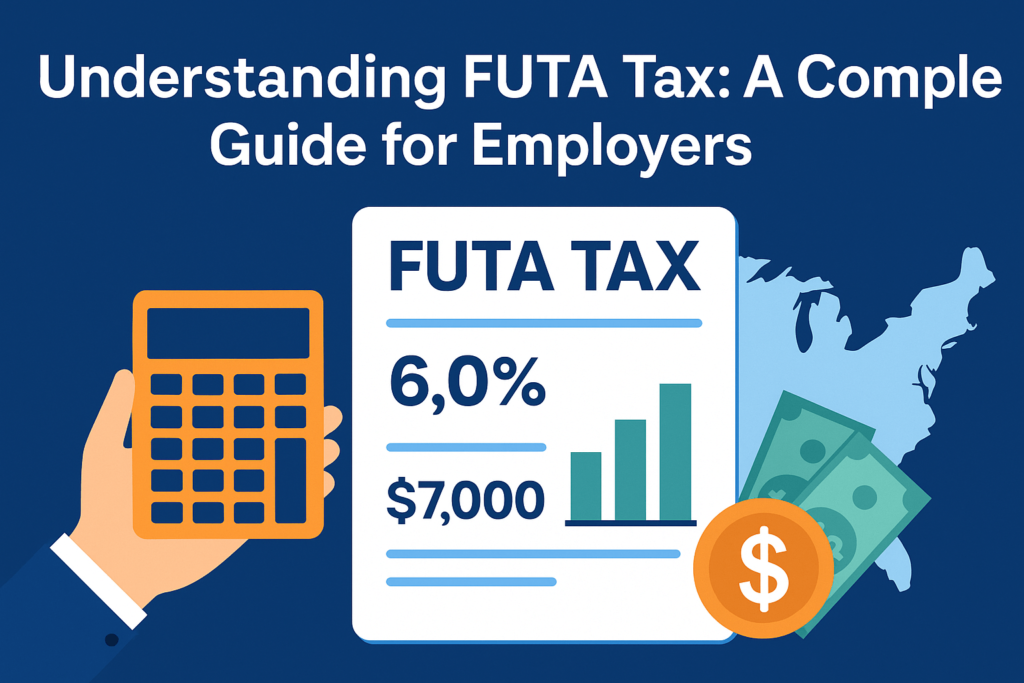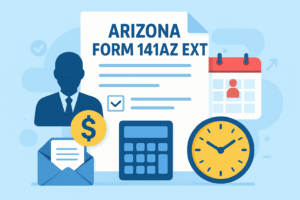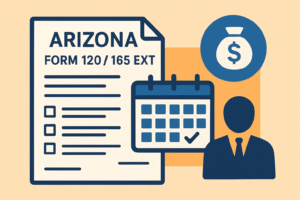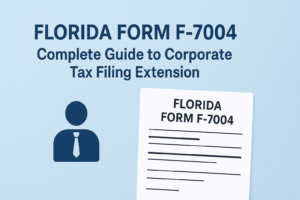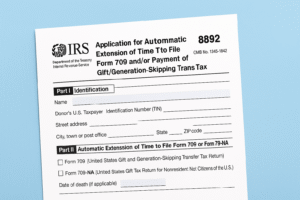Employers in the United States are responsible for several payroll tax obligations, one of which is the Federal Unemployment Tax Act (FUTA) tax. This federal tax is used to support the national unemployment insurance system and is uniquely funded solely by employers—not employees.
Understanding FUTA tax is crucial for maintaining payroll compliance. This guide provides a complete overview of how FUTA works, how it’s calculated, when it must be deposited, and the states facing FUTA credit reductions in 2025.
What Is FUTA Tax?
The Federal Unemployment Tax Act (FUTA) establishes a payroll tax that employers must pay to fund unemployment compensation programs. These funds assist workers who have lost their jobs through no fault of their own and also support the administrative functions of state unemployment agencies.
Unlike Social Security or Medicare taxes, the FUTA tax is not withheld from employee wages. It is an employer-paid tax calculated on a limited portion of each employee’s annual wages.
Purpose of FUTA Tax
FUTA tax plays a vital role in stabilizing the workforce. It provides:
- Federal funding for state unemployment insurance administration
- Financing for extended unemployment benefits during periods of high unemployment
- Loans to states when their unemployment trust funds are depleted
This federal support ensures that unemployment benefits are reliably available to eligible individuals across the country.
FUTA Tax Rate and Wage Base for 2025
As of 2025, the key figures for FUTA tax are:
- Tax rate: 6.0%
- Taxable wage base: $7,000 per employee per year
Employers are only required to pay FUTA tax on the first $7,000 in wages paid to each employee annually. Wages exceeding that amount are not subject to FUTA.
Example:
If an employee earns $10,000 in a year, the FUTA tax only applies to the first $7,000:
- 6.0% × $7,000 = $420 (before any credits)
FUTA Credit and 2025 Credit Reduction States
Most employers are eligible for a credit of up to 5.4% if they pay state unemployment taxes (SUTA) on time. With this credit, the effective FUTA tax rate drops from 6.0% to 0.6%, significantly reducing the employer’s tax burden.
However, if a state has borrowed from the federal government to fund unemployment benefits and has not repaid the loan by the federal deadline, employers in that state will face a credit reduction.
FUTA Credit Reduction States for 2025:
Based on the latest data, the following states and territories are subject to FUTA credit reductions for the 2025 tax year:
| Jurisdiction | Credit Reduction | Effective FUTA Rate |
| California | 1.2% | 1.8% |
| Connecticut | 1.2% | 1.8% |
| New York | 1.2% | 1.8% |
| U.S. Virgin Islands | 4.5% | 5.1% |
Employers in these regions will owe additional FUTA tax and must report the extra amount on Schedule A (Form 940).
Who Must Pay FUTA Tax?
Employers are subject to FUTA tax if they meet either of the following criteria:
- Paid $1,500 or more in wages in any calendar quarter of the current or previous year, or
- Employed at least one worker for part of a day in 20 or more different weeks during the current or previous year
Special Categories:
- Household Employers: Required to pay FUTA tax if they paid $1,000 or more in any quarter for domestic work.
- Agricultural Employers: Must pay FUTA if they paid $20,000 or more in wages in a quarter, or employed 10 or more workers on at least one day in 20 different weeks.
Wages Subject to FUTA
FUTA applies to most types of employee compensation, including:
- Salaries and hourly wages
- Overtime pay
- Bonuses and commissions
Exemptions:
Some payments are excluded from FUTA wages, such as:
- Employer contributions to qualified retirement plans
- Reimbursements under accountable plans
- Certain fringe benefits like group-term life insurance
How Often Is FUTA Tax Paid?
FUTA tax is not paid with each paycheck like some payroll taxes. Instead, it is paid quarterly, but only if the tax liability exceeds a certain threshold.
Quarterly Deposit Requirements:
- If the total FUTA tax due for a quarter exceeds $500, the employer must deposit it electronically using the Electronic Federal Tax Payment System (EFTPS) by the end of the month following the quarter.
- If the liability is $500 or less, it may be carried forward to the next quarter.
- If the total annual liability remains $500 or less, it can be paid with the annual Form 940.
Quarterly Deposit Deadlines:
| Quarter | Ends | Deposit Due By |
| Q1 (Jan–Mar) | March 31 | April 30 |
| Q2 (Apr–Jun) | June 30 | July 31 |
| Q3 (Jul–Sep) | September 30 | October 31 |
| Q4 (Oct–Dec) | December 31 | January 31 |
Reporting FUTA Tax on Form 940
This tax is reported annually on IRS Form 940, the Employer’s Annual Federal Unemployment (FUTA) Tax Return.
- Filing due date: January 31 of the following year
- Extended deadline: February 10 if all FUTA deposits were made on time
Employers must also complete Schedule A if they operate in a credit reduction state.
FUTA vs. SUTA: What’s the Difference?
FUTA is a federal tax, while SUTA is a state-level unemployment tax. Both are required, but they serve different administrative levels.
| Feature | FUTA | SUTA |
| Paid to | Federal government (IRS) | State unemployment agency |
| Who Pays | Employer only | Usually employer, varies by state |
| Tax Rate | 6.0% (0.6% after credit) | Varies by state |
| Wage Base | $7,000 | Varies by state |
| Reporting Form | Form 940 | State-specific forms |
Common Compliance Mistakes
Employers should be cautious to avoid errors such as:
- Paying FUTA on wages exceeding the $7,000 cap
- Failing to deposit timely when liability exceeds $500
- Not adjusting for credit reduction states
- Filing Form 940 late or inaccurately
Keeping detailed payroll records and understanding both federal and state rules can prevent costly penalties.
Final Thoughts
FUTA tax is a critical component of employer payroll responsibilities. Although often overshadowed by other employment taxes, its role in maintaining the country’s unemployment insurance system is vital.
Employers who stay informed about quarterly deposit rules, credit reduction states, and accurate Form 940 reporting can ensure compliance while supporting workers during periods of job loss.

